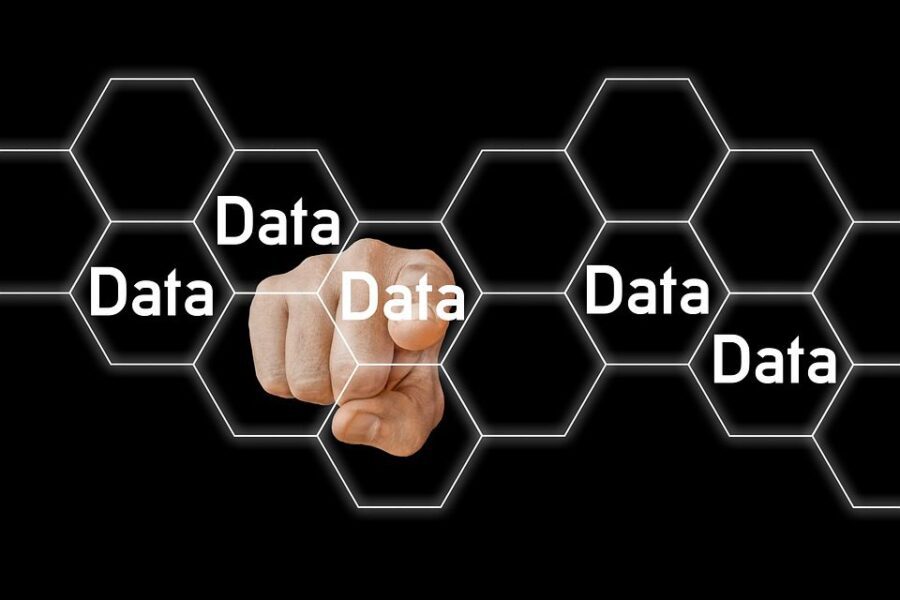
In the short-paced landscape of information-driven decision-making, actual-time analytics has come to be paramount for corporations seeking to benefit from insights at the rate of the enterprise. Database streaming offerings have emerged as a transformative answer, allowing the processing and analysis of facts in movement. This article explores the abilities of database streaming services and their role in harnessing data velocity for actual-time analytics.
Understanding data velocity
Data speed, one of the 3 V’s of Big Data (Volume, Velocity, Variety), refers to the speed at which facts are generated, processed, and made to be had for evaluation. In the technology of real-time choice-making, companies are challenged to deal with the non-stop inflow of information from various resources, together with IoT devices, social media, and transactional systems. Database streaming services address this venture by facilitating the regular waft and evaluation of facts as they are produced.
The essence of database streaming services
Database streaming offerings enable real-time facts processing with the aid of taking pictures and transmitting activities as they occur. Unlike traditional batch processing, where records are accumulated and processed periodically, streaming offerings manage statistics in a continuous, flowing way. This real-time technique allows groups to analyze and act upon facts and insights as occasions spread, offering an aggressive benefit in dynamic and time-sensitive eventualities.
Event-driven architecture
Database streaming offerings operate on the standards of occasion-driven structure. Events, which can be adjustments in information, person moves, or machine occasions, are captured and processed in near real-time. This architecture permits organizations to respond instantly to events of hobby, triggering workflows, notifications, or analytics procedures as factual occasions arise. The occasion-driven model complements agility and responsiveness in swiftly changing records landscapes.
Use cases for real-time analytics
Real-time analytics powered with the aid of database streaming services discover programs throughout various industries and use cases. Organizations can detect and respond to fraudulent transactions in finance in actual time. In e-trade, real-time analytics can provide personalized hints primarily based on personal behavior. In manufacturing, tracking devices in real-time can enable predictive protection. The versatility of actual-time analytics spans sectors, empowering companies to derive on-the-spot costs from their records.
Stream processing frameworks
Organizations leverage circulate processing frameworks that paint seamlessly with database streaming services to harness facts pace successfully. Frameworks including Apache Kafka, Apache Flink, and Apache Storm provide the infrastructure for eating, processing, and reading streaming data. These frameworks allow the building of scalable and fault-tolerant circulate processing pipelines, ensuring the reliability and performance of actual-time analytics.
Integration with machine learning models
Database streaming offerings integrate seamlessly with system-study models, permitting businesses to make real-time predictions and decisions. Organizations can stumble on anomalies, predict future tendencies, and automate choice-making procedures with the aid of combining streaming data with machine learning algorithms. This fusion of actual-time analytics and machine getting-to-know complements the intelligence and sophistication of data-driven packages.
Low latency and high throughput
Critical characteristics of database streaming services are low latency and excessive throughput. Low latency guarantees that records events are processed and analyzed with minimal postponement, enabling groups to respond to critical activities in near actual time. Increased throughput abilities allow those offerings to address huge volumes of streaming statistics, accommodating the rate at which information is generated without sacrificing overall performance.
Scalability for dynamic workloads
Database streaming offerings are designed to scale horizontally, making them well-suitable for dynamic workloads with fluctuating record volumes. As statistics velocity varies, the services can dynamically allocate resources to deal with the extended load. This scalability guarantees corporations can keep optimal performance even for the duration of peak intervals, offering flexibility not potential with traditional statistics processing approaches.
Continuous monitoring and insights
Real-time analytics with database streaming offerings permit continuous monitoring of key performance indicators and commercial enterprise metrics. Organizations can gain immediate insights into their operations, client behavior, and market traits. This constant monitoring fosters a proactive technique to choice-making, allowing corporations to adapt quickly to converting instances and capitalize on rising opportunities.
Future-proofing data strategies
Embracing database streaming services for real-time analytics is a strategic flow toward destiny-proofing statistics strategies. As the quantity and pace of information continue to boom, corporations that could harness actual-time insights may be better positioned to navigate the complexities of the digital landscape. The agility, responsiveness, and intelligence afforded via real-time analytics make a contribution to a competitive edge in a technology where time is important to selection-making.
Conclusion
Database streaming offerings constitute a paradigm shift in how organizations harness statistics velocity for real-time analytics. Organizations can release the total potential of their streaming statistics by adopting event-driven architectures, integrating with movement processing frameworks, and leveraging the electricity of gadget learning. As organizations are looking to gain a competitive advantage through well-timed insights and selection-making, database streaming offerings stand as a cornerstone inside the technology of real-time analytics, propelling organizations closer to a destiny wherein statistics speed is a strategic asset rather than an assignment.
